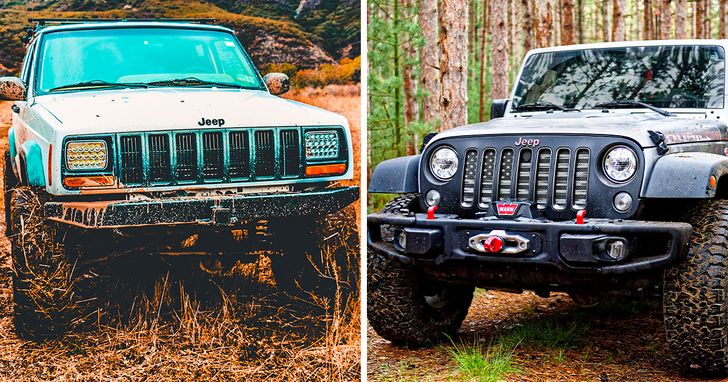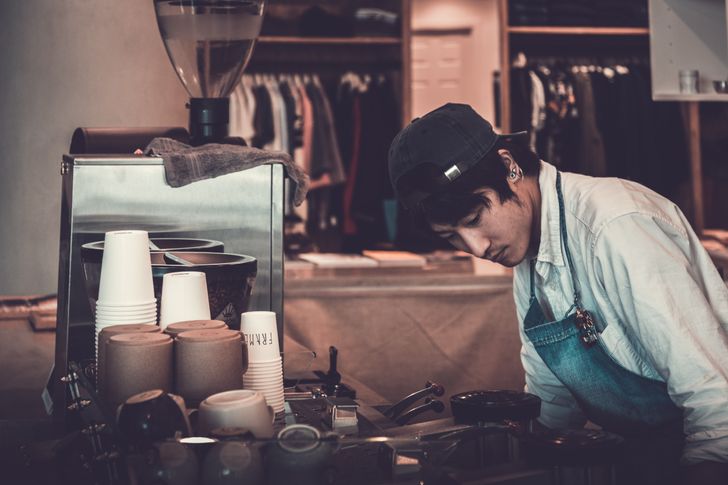Not to take anything from the marketing guru, but it's probably because the round headlights are just much better looking
10 Marketing Tricks That Helped Their Companies Earn Millions
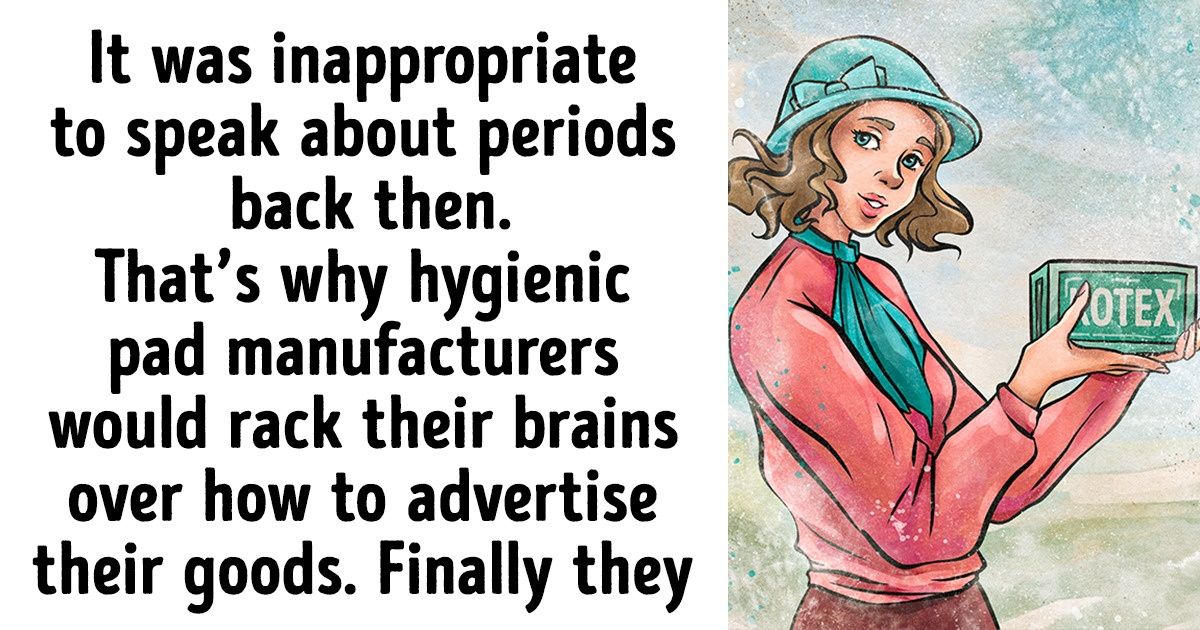
The history of marketing features many examples of when a simple-at-first-glance commercial made companies millions of dollars. Some marketers get surprised by the success that comes with a good campaign, so much so that they could never have expected the hype that came afterward — often for products that people never even knew they “needed” before seeing the ad.
We at Bright Side went through dozens of commercials and promos and chose the ones that stayed in our hearts and made companies more recognizable.
Jeep and the shape of the headlights
A new Jeep model had slow sales and no one could figure out why. That’s when the company decided to hire marketing guru Clotaire Rapaille. Rapaille, an expert in his field, assessed the situation and came up with an unusual suggestion. He wanted to bring back the round headlights from the original models.
Clotaire noted that the Jeep brand is associated with freedom, the Wild West, speed, and horses for American buyers. In other words, drivers saw a live creature in this car — a horse. The square headlights broke these associations. On Rapaille’s suggestion the company brought back the round headlights and not only were these subconscious associations intact again, but the company also saw an increase in sales.
Nestlé and the coffee culture
It’s no secret that Japanese people prefer tea over coffee and that’s why Nestlé did a huge amount of marketing research before putting coffee on the shelves of Japanese stores. The research showed that the Japanese liked the drink and were ready to buy it. Nevertheless, coffee did poorly in their market.
Nestlé marketers found out that even though Japanese people liked the taste of coffee, it was still too unusual for them. The residents of this country simply didn’t have the necessary associations and childhood memories. Many of them spent their early years watching the family drink tea. That’s why the company launched coffee-flavored candy. Kids then got used to the taste of this drink from childhood and normalized this aroma into their adulthood as well. These actions helped Nestlé “grow” consumers for their drink. According to statistics, in 2020, each Japanese person consumes an average of 2.0 kg of coffee beans per year.
Burger King and “likes” for 10-year-old posts
At the beginning of last year, Twitter users received a massive amount of notifications that Burger King liked their tweets from 2009 and 2010. A number of users got notifications, many of which shared this strange phenomenon on social networks. This story went viral — the whole world wanted to know why Burger King was paying attention to these old posts.
The company didn’t keep it a secret. It turned out that the promo was dedicated to the return of a product to their menu that first appeared in the restaurant 10 years ago. “Some things from 2010 are worth revisiting—like your old tweets. and funnel cake fries. get them now for a limited time.”
Thanks to this trick, Burger King got hundreds of mentions on social media, and it was spoken about by bloggers and written about in internet media. All in all, the promo was successful.
Lay’s chips and the new pack
Marketers from Lay’s decided to refresh the package. The company placed smiling faces on their packages of chips. They were placed so that every person could place the pack up to their face and get a funny photo.
The effect of this marketing trick exceeded all expectations. Social media was filled with photos with these chip bags. Many people rushed to stores to get a funny pack. This unusual marketing trick created a lot of buzz and rich feedback in the hearts of consumers.
Nylon stockings and Swedish TV
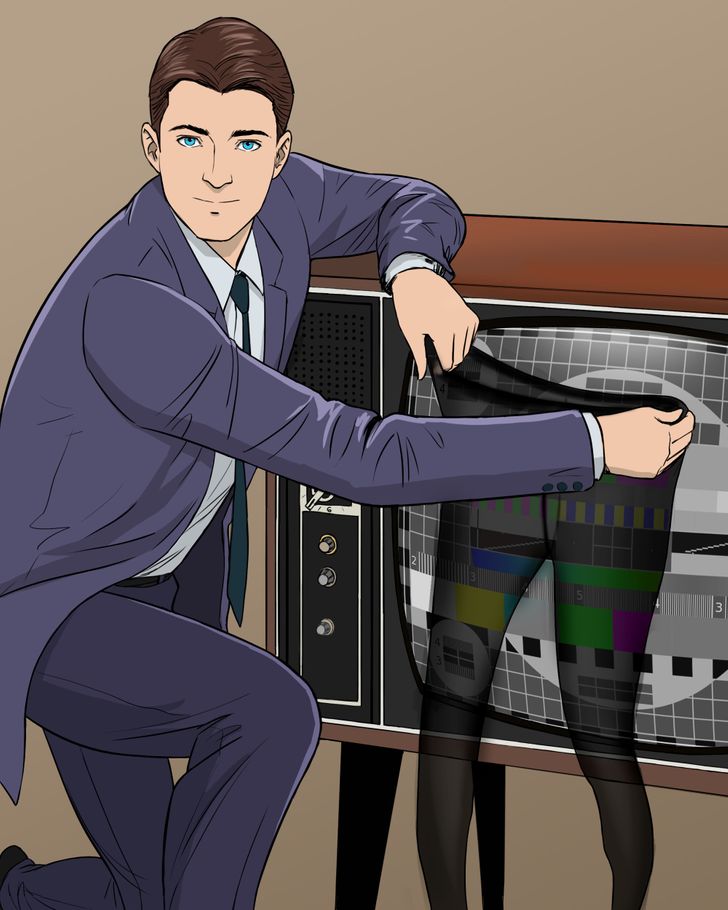
Nylon stockings in Sweden once became the subject of a public hoax. And it all started when television marketers came up with a smart idea.
A TV expert declared that a black-and-white TV set could be turned into a colorful one when viewed through colorful nylon stockings of different colors. The campaign was released on the 1st of April — April Fool’s Day. Not all viewers realized it was a hoax and rushed to the store to buy these colorful stockings that same evening. Of course, their TV shows didn’t become colorful and all the claims were revealed to be just a joke. There was now nothing else to do but to wear the nylons they had bought.
Puma, Pelé, and untied shoelaces
In 1970, Mexico hosted the World Cup. The famous soccer player Pelé paused for a few seconds before entering the field — he needed to tie his shoelaces. At that moment, all the cameras were focused on him and the whole world saw that the player wears Puma trainers.
Rumors say that Pelé got $25,000 for this unobtrusive advertising. People around the world saw what brand of trainers the celebrity wore and this trick was deemed successful.
IKEA and big furniture
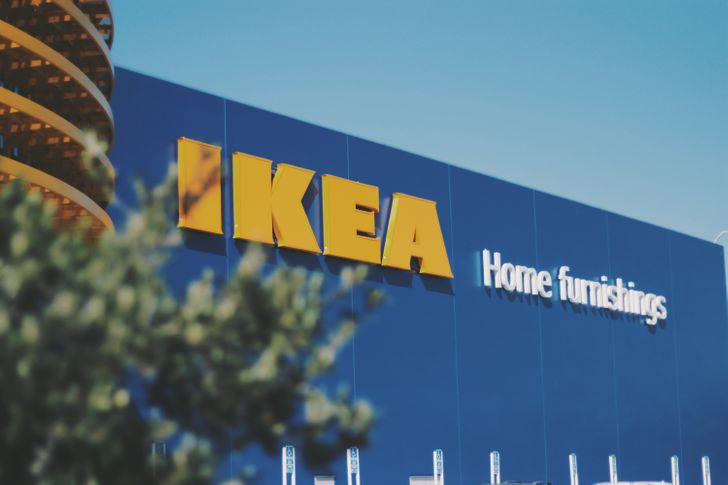
Ok, this should had been figured out before moving into the market, it's not a marketing trick at all. this shows more corporate stupidity than anything else.
IKEA came to the American market in the 1980s. The sales were not as good as they had expected. That’s when marketers noticed that IKEA furniture and other home appliances were too small for big American houses.
Swedish couches were too small, and the curtains were too short. The company made a decision to increase the dimensions of the furniture and goods so that they fit better into spacious houses. This step has become one of the most important on the way to conquering the American market.
Nivea, dolls, and sunscreen
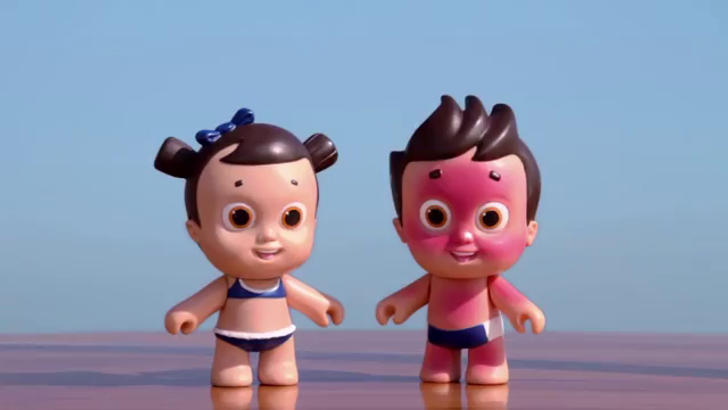
But that's not how sunscreen works, once you are red the skin damage is done
Nivea launched the sales of a new product — sunscreen for kids. The company wanted to teach kids to protect their skin, but didn’t know how to do it. Finally, marketers offered an ingenious way out. Instead of boring master-classes, the experts launched the manufacture of ...dolls.
After staying in the sun, the toys would start to turn red. There was a bottle of sunscreen that was sold together with the dolls. If the cream was applied to the toy, the redness would fade. The company was giving out the toys for free and the trick worked. Nivea got the Cannes Mobile Grand Prix award for its creativity.
Domino’s Pizza and “harsh truth”
In 2010, Domino’s Pizza launched a sensational advertising campaign. The commercial shows marketers studying reviews about the pizza and getting extremely disappointed after hearing phrases like, “the worst pizza I have ever eaten,” “the pizza crust is like cardboard,” “the sauce tastes like ketchup.” Then the president of the company appears in the video, admits that he is upset by the results, and promises to “work days, nights, and weekends” in order to improve.
Domino’s Pizza changed their recipe and their cooking technology, and also improved their delivery system. The advertising campaign led to the rise of their share prices — in 2010, a share of Domino’s Pizza was sold for $9, in 2017, its price exceeded $160.
Hygienic pads and the unknown name
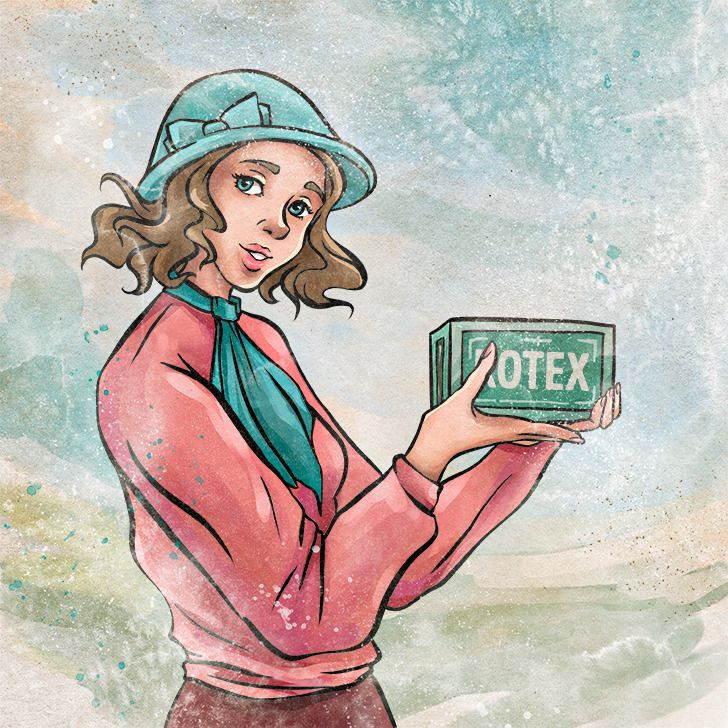
In the 20s of the previous century, it was inappropriate to talk about periods. It was not just about the feeling of shame — it was believed back then that women couldn’t be trusted during their monthly “illness.” It was even better for them to not attend lessons because of the mystery of “what to expect from a woman during these days?”
That’s why hygienic pad manufacturers started to rack their brains over how to advertise goods they couldn’t speak about out loud. Finally they, the company Kimberly-Clark came up with a witty trick: they started to sell goods named Kotex. In most cases, men were not aware of what that was. The name of the products became something like a code word among women and the new product quickly gained popularity. According to legend, once a young American guy even exclaimed at a dinner party, “I wish someone would tell me what Kotex is!” He received no reply.
Which advertising campaigns seem ingenious to you? Perhaps you have your own idea of a good marketing trick?
Comments
Related Reads
20+ People Who Bought Ordinary Items and Hit the Jackpot
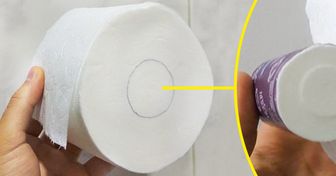
I Left My Husband Because of What He Wanted Us to Do on Our Wedding Night

What Loving Parents Need to Teach Their Children (Advice for Kids From 1 to 18 Years Old)
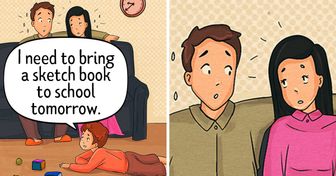
15+ Plot Twists That Prove Nothing Is As It Seems
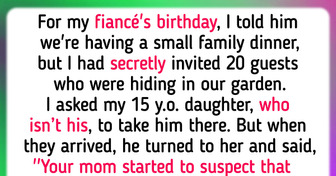
25 Parents Whose Pranks Are Worse Than Getting Coal for Christmas

15 Times People Saw a Show That Was Worth 100 Oscars

20+ People Who Proved You Can Get a Cool Bag Without Going to the Store
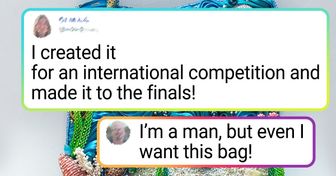
Angelina Jolie’s Latest Red Carpet Sparks Concern— All Eyes Are on Her Arms
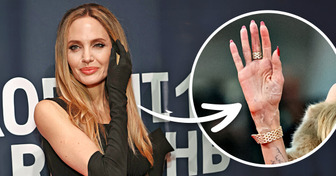
I Was Shamed for Being a Single Mom — but My Little Girl, 6, Had the Last Word

11 True Stories That Prove Real Life Doesn’t Need a Screenplay
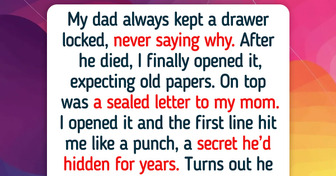
I Refuse to Obey My Pregnant DIL’s Demand to Turn a Merry Christmas Into a Vegan One

20+ Moments That Remind Us That Kindness Costs Nothing but Means Everything

